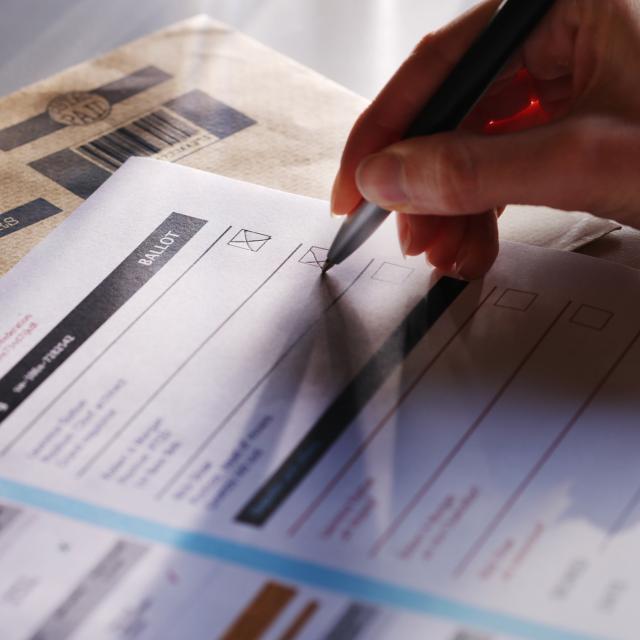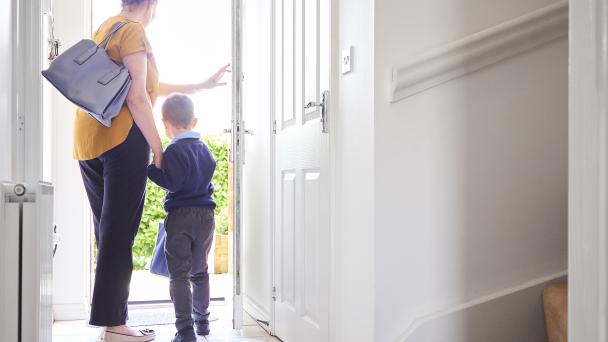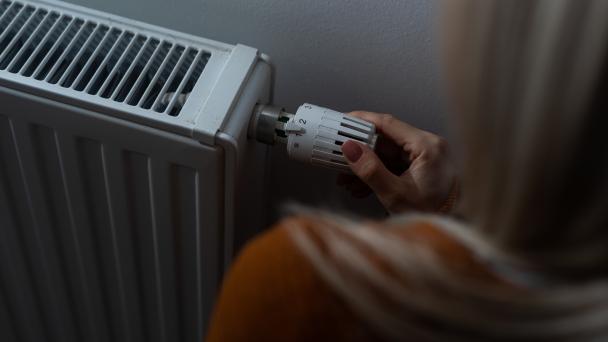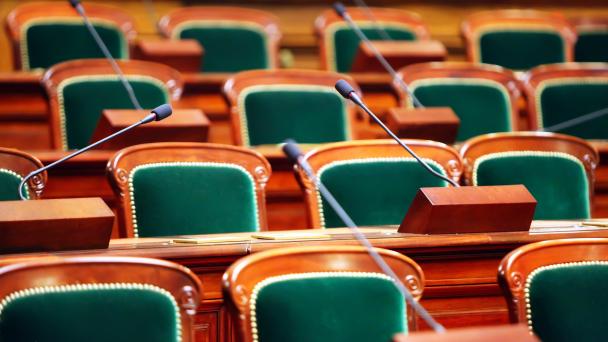BSA 40: A liberalisation in attitudes?


Women have historically been more likely to support parties of the right than men, due to their greater religiosity and lower exposure to the social institutions of the left. In many wealthy nations, as gender roles shifted, this traditional gender gap declined and a ‘modern’ gender gap emerged (with women being more likely to support leftwing parties than men). This chapter explores what British Social Attitudes (BSA) data tells us about the emergence of a ‘modern’ gender gap in Britain and whether this links to long-term shifts in the attitudes and values of men and women – and of younger generations of men and women specifically.
BSA data suggests that a ‘modern’ gender gap has emerged over the past decade, somewhat earlier than is conventionally claimed.
There is some evidence that the emergence of the modern gender gap in recent years is the product of underlying generational differences in gender gaps in party support.
In most instances, the attitudes and values of men and women, and different generations of men and women over the past 40 years show a pattern of gender ‘overlaps’, rather than gender gaps.








Receive a regular update, sent directly to your inbox, with a summary of our current events, research, blogs and comment.
Subscribe